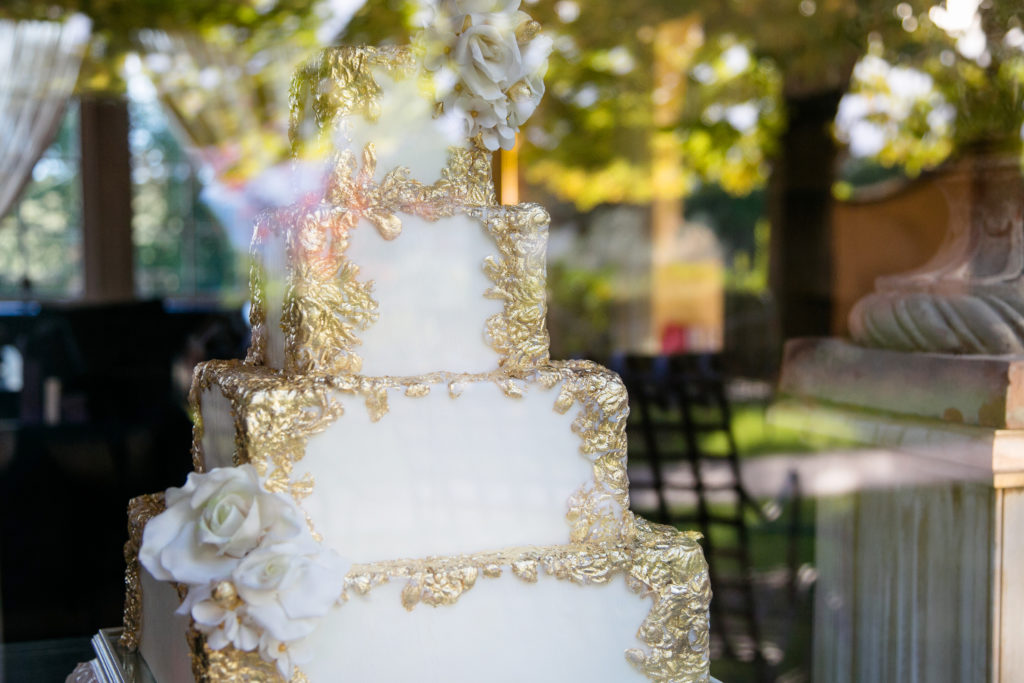Weddings are an amalgamation of emotion, tradition, and bureaucratic legalize. We have a lot to thank Ancient Rome for this. Marriage as an institution dates back to pre-history. It was codified as a legal relationship as far back as the 1700s BC. By the time the Romans evolved, it had been established that marriage was a foundation on which society and its structure would be built. Politically, economically and socially.
What’s love got to do with it?
It was through marriage that property, wealth, rights, responsibilities, and alliances were transferred from one generation to the next. Thus marriage was seen as a practical means to a sensible end. It was not meant to be based on love. In fact, if two people fell in love and wanted to be married, they would both be looked upon as simply ridiculous.
Sign here
No matter which class of society one was born into marriage was a contract in which families would be bonded together. Properties were secured and consolidated. And the lines of succession and inheritance were sealed. Love was never mentioned or considered. Marriage was serious business. Climbing the social ladder and securing an economic windfall were the priorities.
Character counts
Character counted, as well. Roman society centered around public praise and public shame. Serious men with leadership qualities and dutiful women who were loyal and obedient were optimal choices. And physical beauty was more highly sought after in women than in men.
Buyer beware
Marriage was broken down into two broad categories. Either the bride was transferred as property from her father to her new husband. Or she remained under the authority of her father, living in her husband’s household. The second category was known as free marriage. Freedom came if and when her father died and he stipulated this in his will. Ceremonies for this transfer ranged from elaborate to simple, depending upon the transfer type and family means.
Qualifications
Female eligibility for marriage was twelve years old. Male eligibility was fourteen. First-time marriages were common between two people close in age. Second or third marriages were often made up of a greater age difference. However, a man marrying a woman older than himself was seen as taboo. The fathers of each family would decide the match and the mother of the bride may have been consulted when drawing up a list of potential candidates. In order to be granted ‘the right to marry’ couples were asked three questions. Are they of age? Are they Roman citizens? Are they presently married to someone else?
Engagement party
The bride’s family hosted the engagement party to announce the upcoming marriage and unlike today, the groom was the guest of honor.
Engagement ring

An engagement ring was often given to the bride and worn on the ring finger of her left hand. It was believed that there is a direct link to the heart from this finger. Industries have been built on this tradition and we love the fact that it remains today.
A June bride
Romans were superstitious and therefore the calendar played a big part in selecting the wedding date. Many were simply off-limits. February and May were considered unlucky months. The 1st, 5th, and 15th were considered unlucky dates. The month of June was named after Juno, the queen of the gods, and therefore a sacred month. Romans considered this month the luckiest of all.
The gown
The bride wore a white gown with a knotted belt considered to be good luck (and only her husband was allowed to undo) and was dressed by her mother and surrounded by her friends.
The spearhead tiara
The hairstyle bride’s wore was called a tutulus. Separated by a spearhead, the bride’s hair would be divided into six locks, fastened by a spearhead, and topped with a veil. The spearhead was intended to ward off evil spirits.
The ceremony
A quorum of ten men was required to witness the ceremony. The couple would face a priest, hold hands, recite a promise, and then a sacrifice would be made to Jupiter, king of the gods.
The wedding cake

The sacrifice would typically be a pig. Over time, the wedding cake replaced this sacrifice.
The reception
Although not required, a reception may have been celebrated at the father of the bride’s house in the form of a sit-down meal and exchange of gifts.
The procession
This was the official, public display of transference of authority from the father of the bride to the husband. Three boys would escort the bride on a walk from her father’s house to her new husband’s. One boy would carry a torch lit from the bride’s father’s hearth. More and more people would join the procession. Onlookers would throw nuts in the form of candied almonds, a symbol of fertility. This tradition has lived on, sometimes in the form of a rice or confetti toss.
The groom would rush ahead to his home to greet his new wife. Upon her arrival, he would snuff out the torch. The Romans were superstitious about doorways so the groom would pick up his new bride and carry her over the threshold so there was no chance in tripping which would be interpreted as the god’s disapproval of the match.
The party would continue as the couple headed toward their beautifully decorated wedding bed. Consummation of the wedding was considered legally binding fidelity. The bride was now the legal property of her husband. OUCH!

Do these wedding traditions sound familiar? They should as the modern western world still holds by some of them.
Please Note:
Many references in this article come from episode 69 of the podcast: The History of Rome, written by Mike Duncan one of the foremost history podcasters in the world. If you’ve never listened to it, we highly recommend it if you are a history buff!
Related articles:









